World aids day is celebrated every year all over the world on 1st of December to raise the public awareness about AIDS (Acquired Immuno Deficiency Syndrome). AIDS is a pandemic disease caused due to the infection of Human Immunodeficiency Virus (HIV). The day is celebrated by the government organizations, NGOs, civil society and other health officials by organizing the speeches or forums discussion related to the AIDS.
World Aids Day: About
The President of United States declared an official announcement for AIDS Day in the year 1995 which was started following by other countries all across the world. According to the rough estimation, around 25 million people died from 1981 to 2007 because of the HIV infection. Even after the access of antiretroviral treatment at many places, around 2 million people (at least 270,000 of total were children) in 2007 were infected with this epidemic disease.
International AIDS Day celebration has become the most recognized health days celebrations internationally. World AIDS Day celebration offers the key opportunity to the health organizations to increase the awareness among people, most possible access to the treatment as well as discussing the preventive measures.
World Aids Day: History
AIDS Day was first visualized by the Thomas Netter and James W. Bunn in the month of August in 1987. Thomas Netter and James W. Bunn both are the public information officers for the AIDS Global Programme at the WHO (World Health Organization) in Geneva, Switzerland. They had shared their idea about the AIDS day to Dr. Jonathan Mann (Director of the AIDS Global Programme), who had approved the idea and recommended the World AIDS Day observance on 1st of December in the year 1988.
AIDS Day celebration was decided by them to be celebrated every year on 1st of December accurately. They thought that it should be decided far from the election time, Christmas holidays or other holidays. It should be celebrated during time when people and news media could pay more interest and attention in broadcasting the news all across the world.
The Joint United Nations Programme on HIV/AIDS, also known as the UNAIDS, came into effect in the year 1996 and started promoting worldwide. Instead of being celebrated for only one day, World AIDS Campaign was launched by the UNAIDS in the year 1997 to focus on the AIDS programs, better communications, disease prevention and disease awareness learning for whole year.
In the starting years, the AIDS Day themes were focused only on the children as well as the young people, which were later recognized as a family disease as any person of any age group can be infected with HIV. Since 2007, the World Aids Day was started symbolizing by an iconic display of AIDS Ribbon by the White House.
World AIDS Day Greetings
World AIDS Day Facebook Covers
Themes:
UNAIDS started organizing the World AIDS Day campaign to be celebrated with the particular annual themes for better global awareness about the disease. Following are the list of all the year wise themes of World Aids Day:
- 1988: Communication
- 1989: Youth
- 1990: Women and AIDS
- 1991: Sharing the Challenge
- 1992: Community Commitment
- 1993: Act
- 1994: AIDS and the Family
- 1995: Shared Rights, Shared Responsibilities
- 1996: One World and One Hope
- 1997: Children Living in a World with AIDS
- 1998: Force for Change: World AIDS Campaign with Young People
- 1999: Listen, Learn, Live: World AIDS Campaign with Children and Young People
- 2000: AIDS: Men Make a Difference
- 2001: “I care. Do you”?
- 2002: Stigma and Discrimination
- 2003: Stigma and Discrimination
- 2004: Women, Girls, HIV and AIDS
- 2005: Stop AIDS: Keep the Promise
- 2006: Stop AIDS: Keep the Promise – Accountability
- 2007: Stop AIDS: Keep the Promise – Leadership
- 2008: Stop AIDS: Keep the Promise – Lead – Empower – Deliver
- 2009: Universal Access and Human Rights
- 2010: Universal Access and Human Rights
- 2011: Getting to Zero
- 2012: Together we will end AIDS
- 2013: Zero Discrimination
- 2014: Close the gap
- 2015: On the fast track to end AIDS
- 2016: Hands up for #HIVprevention
- 2017: My Health, My Right
- 2018: Know your status
- 2019: Communities make the difference
- 2020: Global solidarity, resilient services
- 2021: End inequalities. End AIDS. End pandemics
- 2022: Global Solidarity, Shared Responsibility
- 2023: Let Communities Lead
- 2024: Take the Rights Path: My Health, My Right!
Activities:
Variety of activities can be done on the day of World Aids day celebration to increase the awareness and distribute the message of the theme of particular year. It is very necessary to increase the awareness among people as they are the main target of the program. Some of the activities are written below:
- Community based individuals and organizations should be contacted to plan the World AIDS Day activities, to organize a planned meeting. It can be well started from the local clinics, hospitals, social service agencies, schools, AIDS advocacy groups and etc.
- A single event or sequence of independent events can be determined for better awareness by the speakers and exhibitors through the forums, rallies, health fairs, community events, faith services, parades, block parties and etc.
- A public statement can be submitted to the agency board identifying the recognition for the World AIDS Day.
- Red ribbons should be wore or distributed to others to mark the hope to the schools, work sites or community groups. Electronic ribbons can also be distributed to the social media outlets.
- All the activities (like DVD showings and Aids prevention seminars) of businesses, schools, health care organizations, clergy and local agencies should be encouraged for their great work.
- A candlelight vigil can be held at the public park or the nearest agency where singers, musicians, dancers, poets, story tellers and etc could distribute the message of Aids prevention through entertaining performances.
- World AIDS Day information can be distributed by linking it to the web site of your agency.
- All the planned events and activities should be already distributed through the e-mail, newsletters, mailings or electronic bulletins.
- People can be aware by displaying the exhibitions, posters, videos, flyers, brochures for HIV/AIDS and etc.
- World AIDS Day activities can be informed to a large group of people instantly through the blogs, Facebook, Twitter or through the other social media websites.
- Actively contribute to the other groups of celebrating the World AIDS Day.
- A candlelight celebration can be held in the memory of died person due to HIV/AIDS.
- Religious leaders are encouraged to speak something for AIDS intolerance and dishonor.
- A service can be started to provide the meals, shelter, transportation, companionship for the people with HIV/AIDS. They can also be invited in the social work, worship or other functions to increase their morality.
World Aids Day: Objectives
The purpose of the Aids Day celebration every year to well support the Member States in order to build up the new and effective policies and programmes, to strengthen the health systems as well as to increase the capacity of health sectors towards HIV/AIDS. Some of the main objectives of the Aids Day are listed below:
- To guide the member states for globally increasing the prevention and control measures for HIV/AIDS.
- To offer the member states a technical support for implementing the plan for prevention, care as well as treatment for HIV/AIDS including the testing, counseling of mother for transmitting the infection to the child, STI control and antiretroviral therapy.
- To aware people about the antiretroviral medicines or other commodities which can help them to fight against HIV/AIDS.
- To involve the peer groups in the campaign for getting the most effective result.
- To encourage more students from the schools, universities and social structures to contribute in the competitions organized for the AIDS.
- To decrease and control the number of patients infected by HIV/AIDS as well as to encourage the peer groups for condom.
About AIDS:
AIDS (acquired immune deficiency syndrome or acquired immunodeficiency syndrome) caused by the HIV (human immunodeficiency virus) which attack the immune system of the human body. The disease was first recognized in the year 1981. It was first identified by the name of AIDS on 27th of July in the year 1982.
HIV infection can be easily transmitted from one person to the other if they have contacted ever directly through the mucous membrane, bodily fluid or blood. In the earlier period, there was a lot of social stigma for the people with HIV/AIDS. According to the estimate, it has been noted that around 33 million people have been infected with the HIV and 2 million people died because of it each year.
HIV is a virus which attacks the T-cells of the immune system and causes the disease known as AIDS. It is found in the human body fluids like blood, semen, vaginal fluids, breast milk of the infected person which can be passed to others by a direct contact like blood transfusion, oral sex, anal sex, vaginal sex or injecting contaminated needles. It can be passed to the baby by the pregnant women during delivery or through breast feeding.
It was originated in the 19th and 20th century in the region of west-central Africa. Actually there is no any cure for it but the course of disease can be lessens down by some treatment.
Signs and Symptoms of HIV/AIDS:
A person with HIV/AIDS has the following signs and symptoms:
- Fever
- Chills
- Sore throat
- Sweats during night
- Enlarged glands
- Weight loss
- Tiredness
- Weakness
- Joint pain
- Muscle ache
- Red rashes
But, in many cases of this disease the initial symptoms are disappeared for many years during which HIV virus cause damages to the immune system which is incurable. The infected person never feels any symptoms during this period and appears healthy.
But, in the late stage of HIV infection (when virus weakens the immune system to fight against it) the person develops illness with AIDS. Person with the late stage infection started showing following signs and symptoms:
- Blurred vision
- Permanent tiredness
- Fever (above 100f)
- Night sweats
- Diarrhea (persistent and chronic)
- Dry cough
- White spots on the tongue and mouth
- Swollen glands
- Weight loss
- Shortness of breath
- Esophagitis (inflammation of lower esophagus linings)
- Kaposi sarcoma, cancer of the cervix, lungs, rectum, liver, head, neck and the cancer of immune system (lymphomas).
- Meningitis, encephalitis and peripheral neuropathy
- Toxoplasmosis (infection of brain)
- Tuberculosis
- Pneumonia
There are some myths which are spread in the society about the AID. Aids never spread through the hand shake, hug, sneeze, unbroken skin touch or the use of same toilet.
 Kids Portal For Parents India Kids Network
Kids Portal For Parents India Kids Network
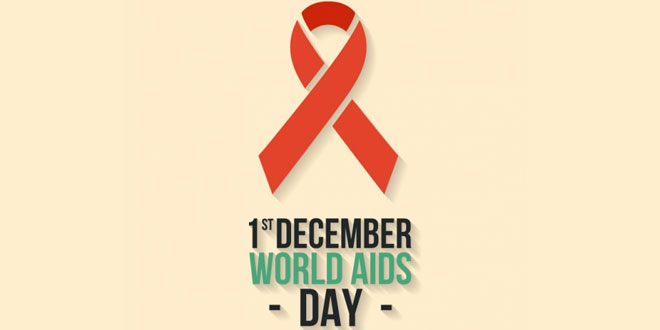
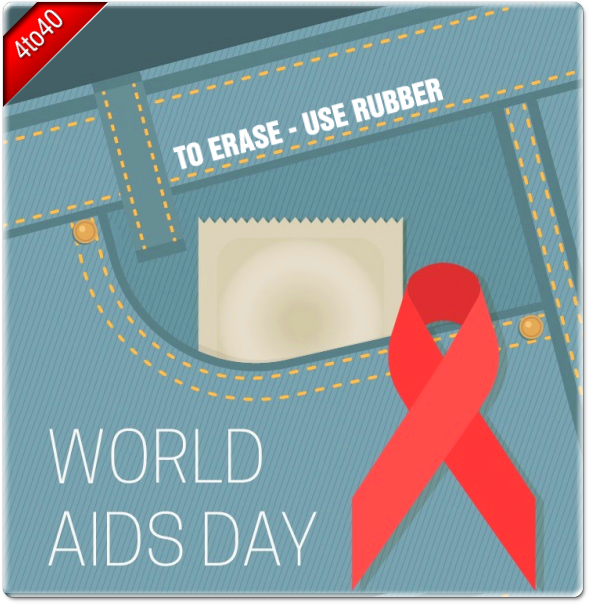
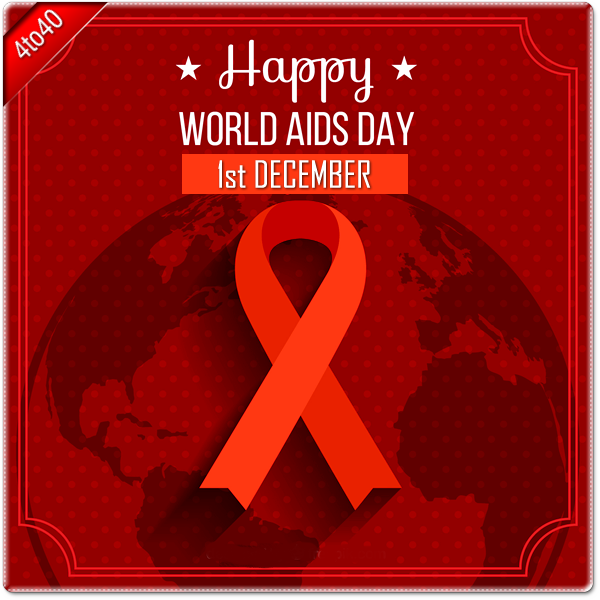
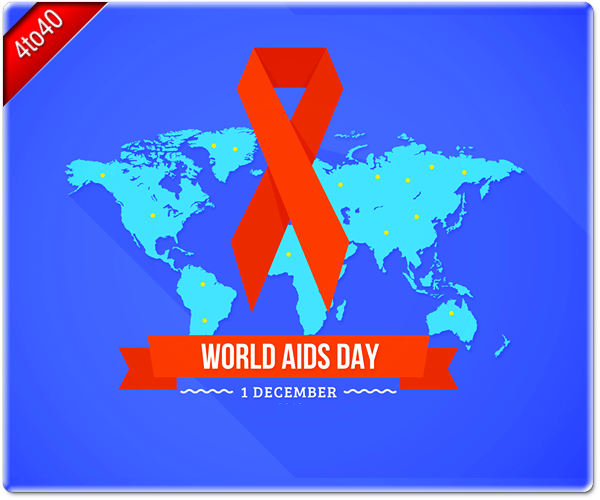
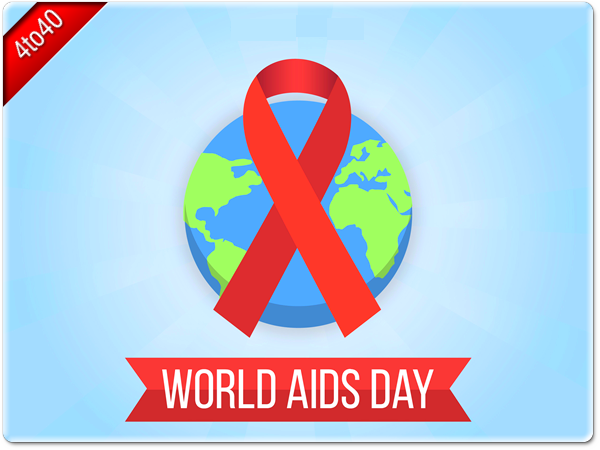
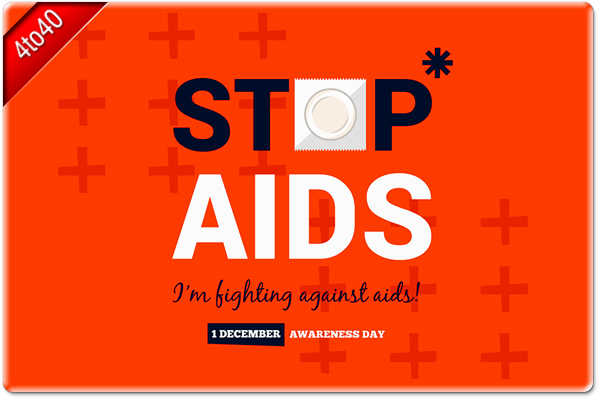
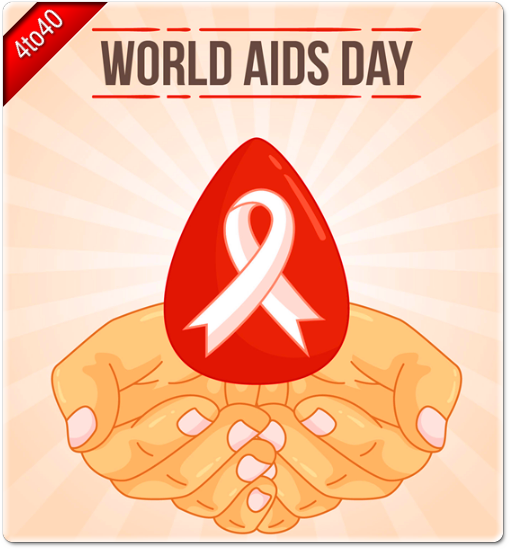
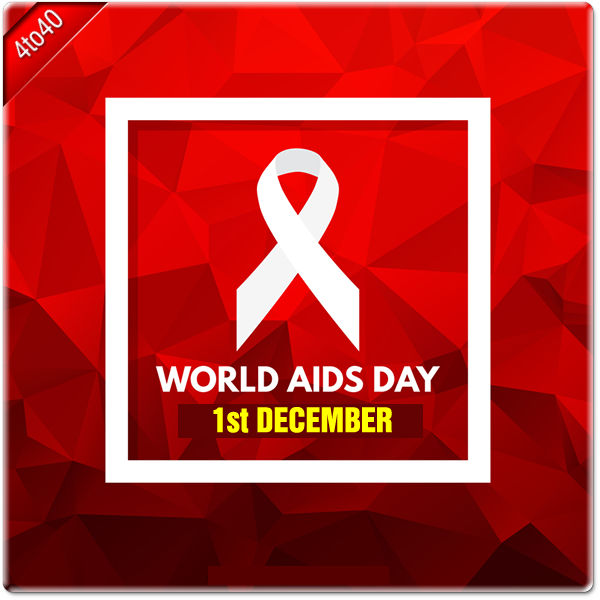

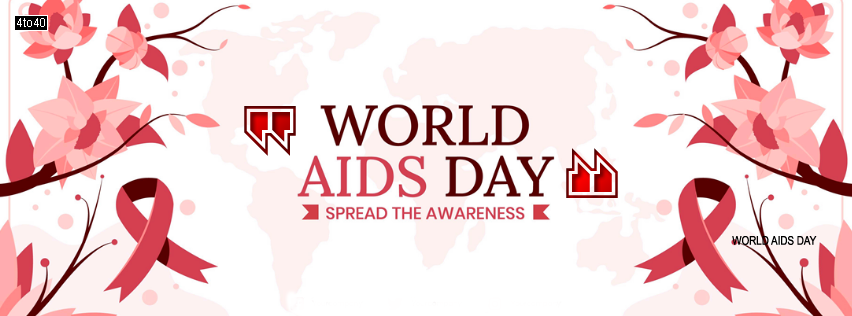
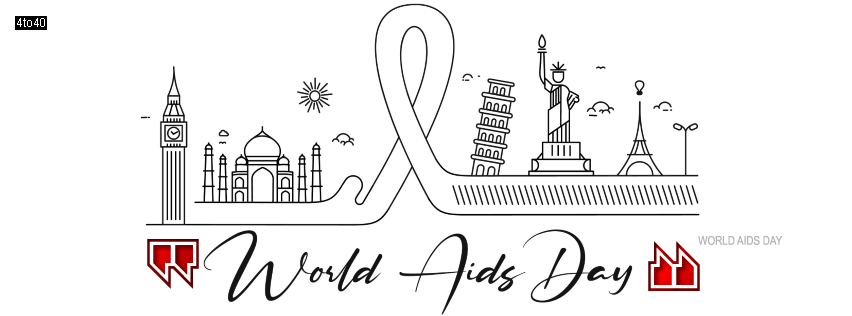
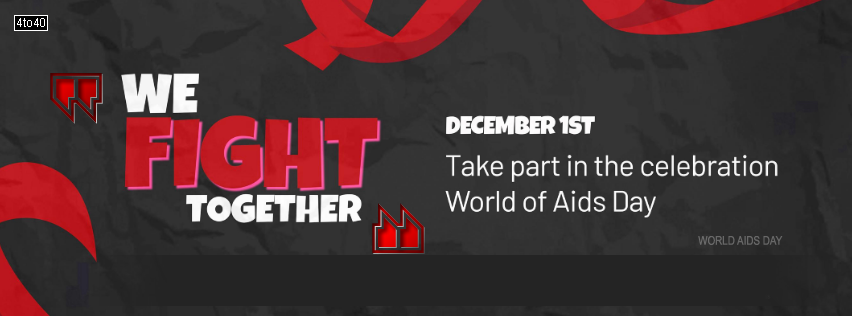

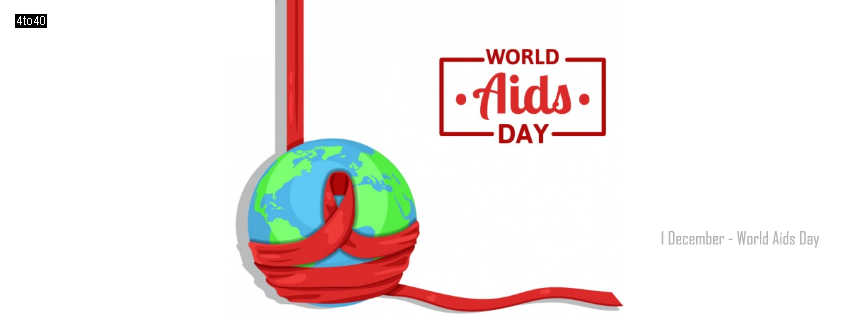
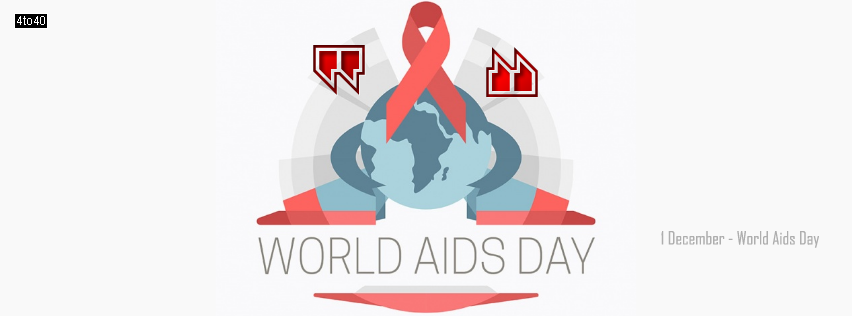
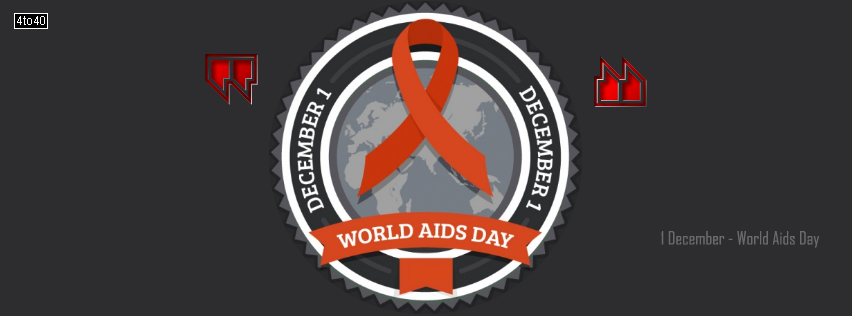
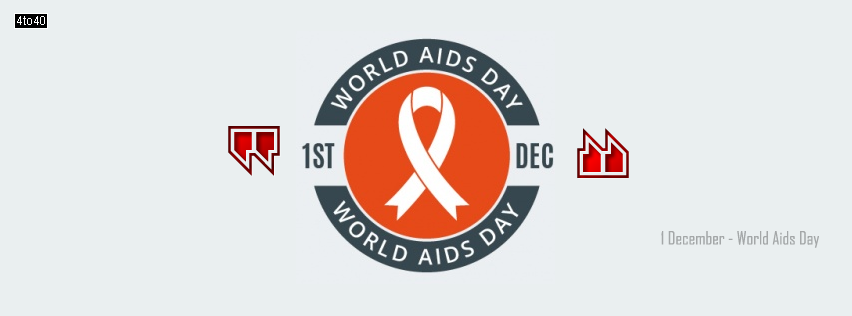
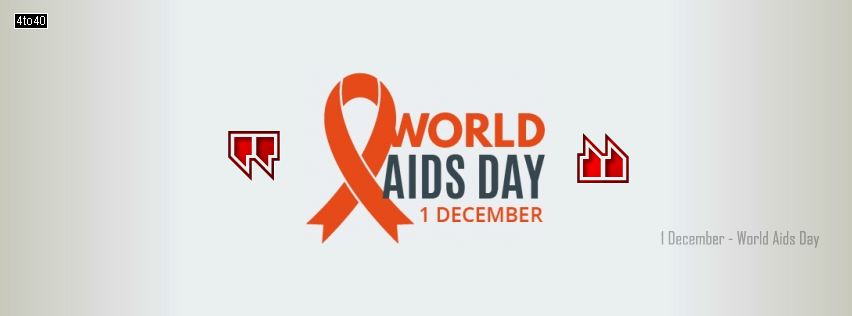
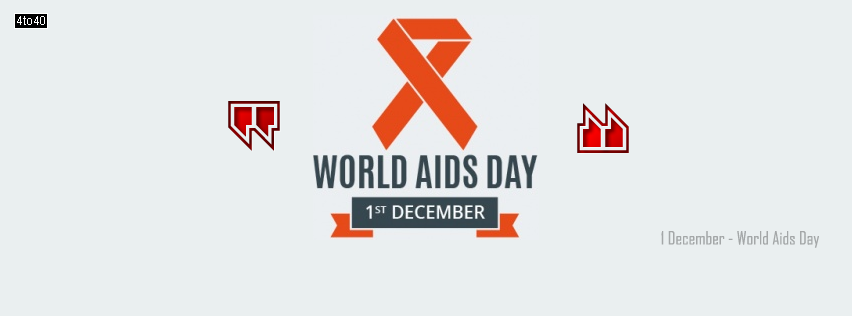
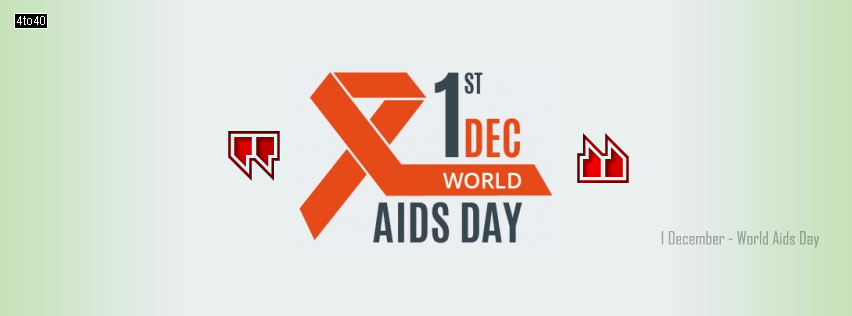
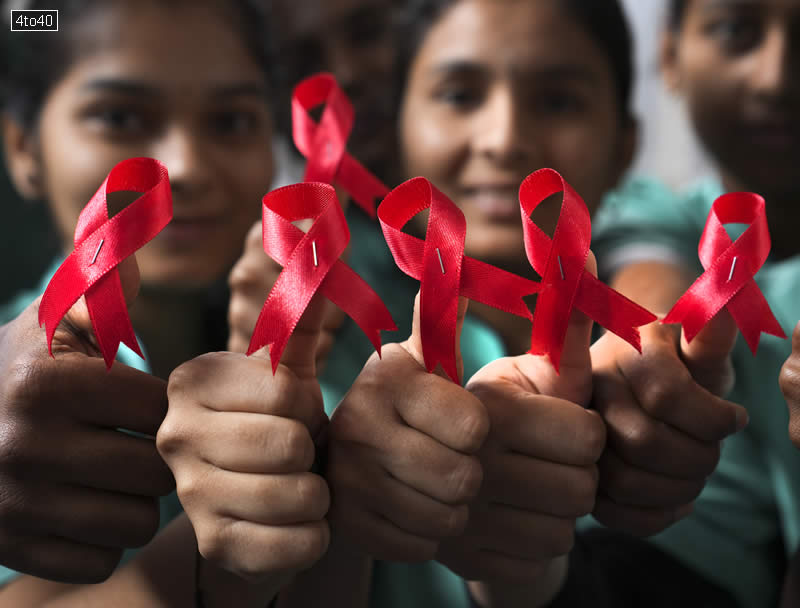
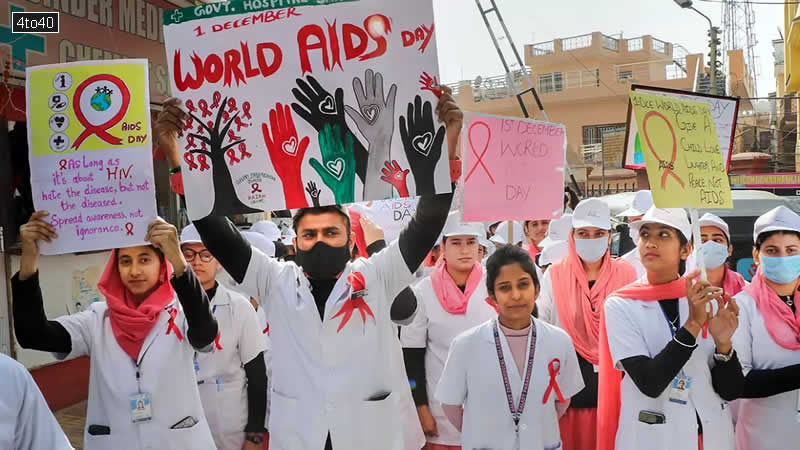
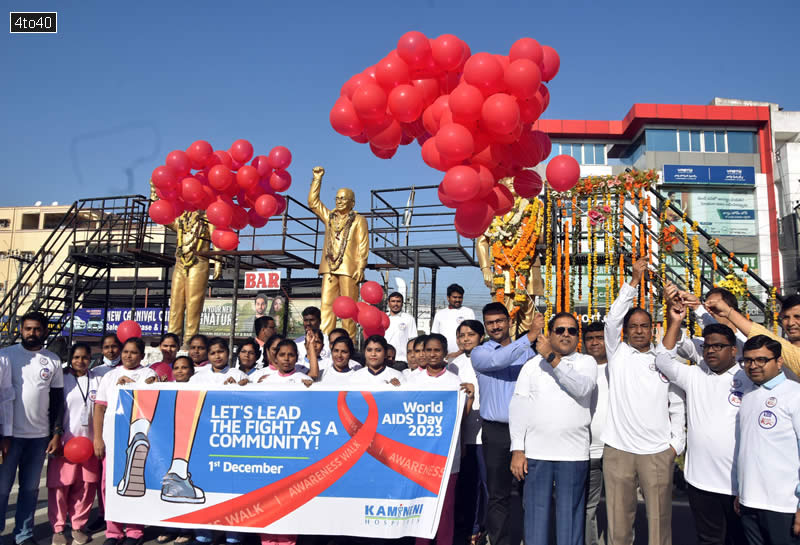
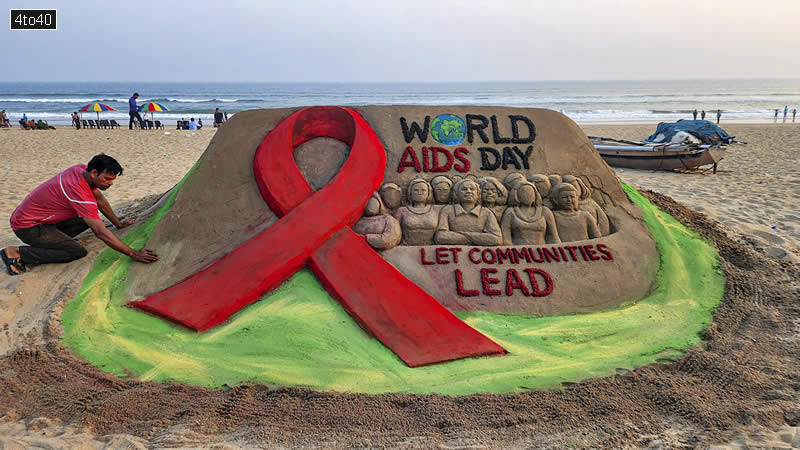


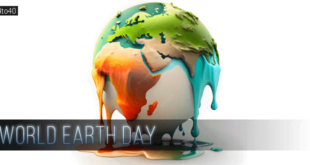

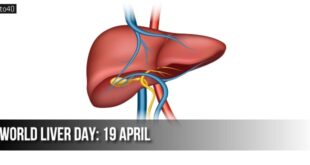


2 comments
Pingback: एड्स रोगी की प्रेरणादायक सच्ची कहानी - Kids Portal For Parents
Pingback: Why are Cancer and AIDS so feared? - Kids Portal For Parents